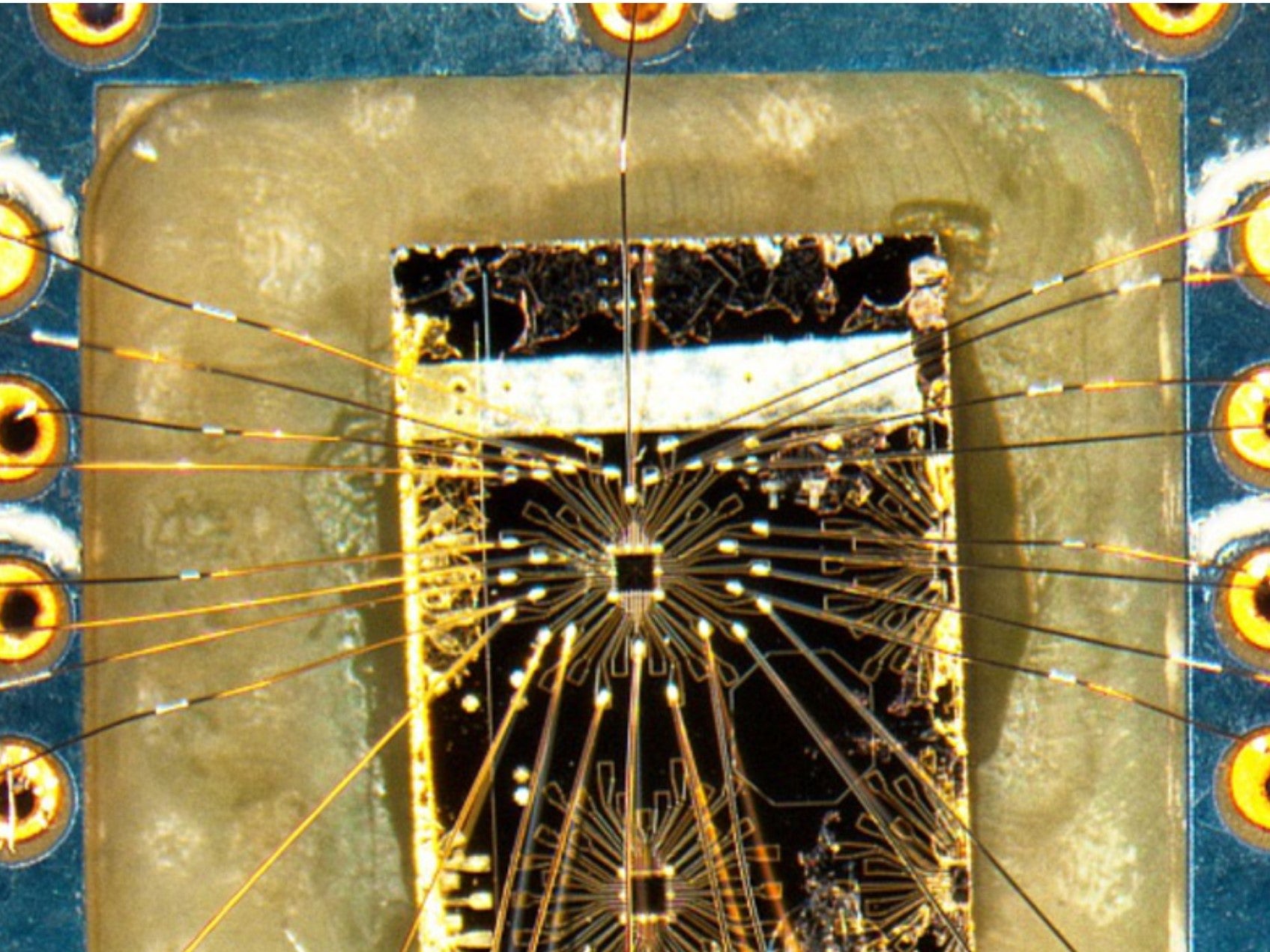Quantum breakthrough could lead to planet-sized telescopes
New technique could ‘revolutionise astronomical imaging’ and offer insights into the surface of stars and the event horizons of black holes

A new quantum technique could allow previously impossible astronomical observations by combining data from observatories around the world.
The breakthrough, made by researchers from Australia and Singapore, could lead to new understandings of exoplanets, stars and even black holes through vast arrays of optical observatories.
The technique offers a revolution in something known as Stimulated Raman Adiabatic Passage (STIRAP), which involves the transfer of quantum information without any loss.
By applying this quantum communication technique to very-long baseline interferometry, astronomers would be able to combine light from multiple telescopes in order to make observations using previously inaccessible wavelengths.
“The development of high-resolution, large-baseline optical interferometers would revolutionise astronomical imaging,” a paper detailing the technique explains.
“Classical techniques are hindered by physical limitations including loss, noise, and the fact that the received light is generally quantum in nature... We present a general framework for using quantum error correction codes for protecting and imaging starlight received at distant telescope sites.”
In order to integrate the technology into next-generation instruments, scientists need to adopt a technique used in quantum computing called quantum error correction.
Once achieved, astronomers will be able to capture images from some of the most inaccessible parts of the universe.
“The idea of this line of research is to allow us to move into the optical frequencies from microwaves,” Dr Zixin Huang, from the Center for Engineered Quantum Systems (EQuS) at Macquarie University in Australia, who led the research, told Universe Today.
“By moving into optical frequencies, such a quantum imaging network will improve imaging resolution by three to five orders of magnitude. It would be powerful enough to image small planets around nearby stars, details of solar systems, kinematics of stellar surfacess, accretion disks, and potentially details around the event horizons of black holes – none of which currently planned projects can resolve.”
Subscribe to Independent Premium to bookmark this article
Want to bookmark your favourite articles and stories to read or reference later? Start your Independent Premium subscription today.

Join our commenting forum
Join thought-provoking conversations, follow other Independent readers and see their replies